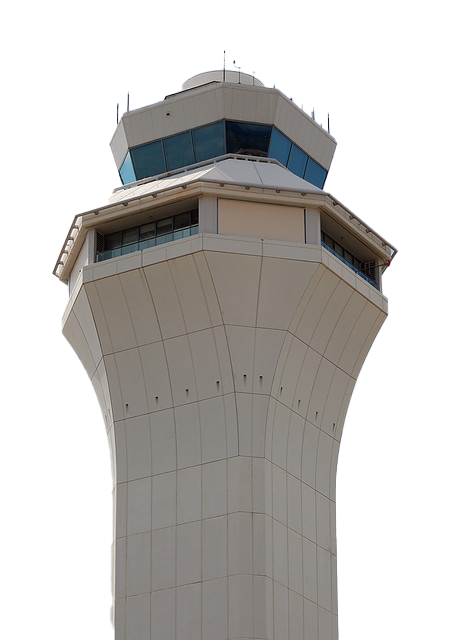MOSAIC RULE

What will the FAA's MOSAIC Rule Mean for You?
The Federal Aviation Administration (FAA) is about to introduce its Modernization of Special Airworthiness Certification (MOSAIC) rule. This groundbreaking update, expected in 2025, will redefine Light-Sport Aircraft (LSA) and significantly expand the types of planes sport pilots and flight schools can use.
For flight schools, aviation training academies, and investors across the U.S., MOSAIC presents both a significant opportunity and a competitive imperative. By allowing larger, more capable, and cost-efficient training aircraft, the new regulations aim to reduce operating costs and attract more students.
This post delves into how MOSAIC LSA changes will impact flight training providers, covering:
- Expanded aircraft use cases
- Economic advantages of new LSA-class trainers
- Implications for meeting the rising demand for airline and eVTOL air-taxi pilots
Understanding the UpcomingMOSAIC LSA Rule Changes
MOSAIC is a comprehensive update to the FAA rules originally established in 2004 for Light Sport Aircraft and Sport Pilot certificates. The final MOSAIC rule is anticipated by mid-2025 (likely August), with implementation 30–60 days later.
Expanded LSA Category
MOSAIC shifts from prescriptive limits (like the 1,320 lb weight cap) to performance-based criteria.
Weight Limit Removed
Instead, a maximum clean stall speed (around 54 knots, possibly up to 58 knots) will be the defining factor.
Inclusion of Heavy Aircraft
Many previously excluded aircraft will now qualify as LSAs. Estimates suggest around 70% of single-engine piston models could qualify.
Expanded Capabilities for LSAs & Sport Pilots
Under MOSAIC, LSA features previously prohibited will be allowed, such as:
- Higher speeds (up to ~250 knots)
- Adjustable-pitch propellers
- Retractable landing gear
- Up to four seats (sport pilots remain limited to one passenger)
Sport pilots may also gain additional privileges through instructor endorsements, including:
- Night flying
- Operations in controlled airspace (requiring at least a medical certificate)
The primary goal of MOSAIC is to “lower the barriers to getting into aviation,” according to EAA Chairman Jack Pelton. It’s expected to make learning to fly approximately 50% cheaper and faster for recreational pilots. A sport pilot certificate can be earned in as little as 20 hours of flight time, compared to 40+ hours for a Private Pilot certificate.
Essentially, MOSAIC significantly broadens LSA aircraft utility and sport pilot privileges, immediately making a “whole host of existing airplanes” available for sport pilots and flight training. This new flexibility will lead to substantial changes in flight school operations.
For a more detailed report check out the FAA’s website here.

